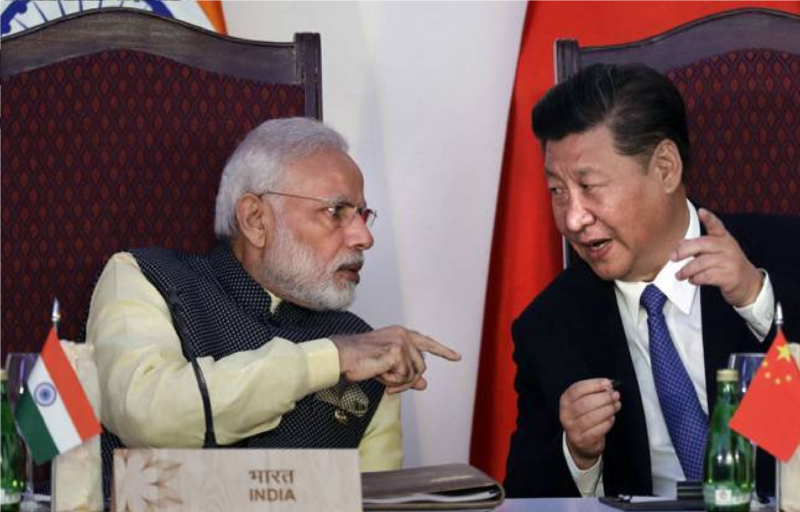
Prime Minister Narendra Modi and Chinese President Xi Jinping are expected to take up concerns over a massive bilateral trade imbalance and the mega RCEP (Regional Comprehensive Economic Partnership) trade deal being negotiated in Bangkok, in between more serious talks on Kashmir, Pakistan and the ongoing US-China trade war.
The bilateral trade between the two neighbours touched a historic high of USD 95.54 billion in 2018, according to Chinese statistics. However, the trade deficit in China’s favour also rose to USD 57.86 billion, about one-third of India’s total trade deficit.
"India has been repeatedly raising the issue of the high trade deficit with China at various levels including at summit levels. More than tariff barriers, we have found non-tariff barriers impede our attempts to increase trade with China," said one of the top commerce ministry officials who are likely to meet their Chinese counterparts on Thursday, ahead of the summit on Friday.
"They (Chinese) do not accept international certification such as USFDA for our drugs for instance, and each province has its own testing, with costs to be borne by the exporter, batches meant for export can be rejected whimsically... It’s a tough market," said an official. India mostly exports commodities such as tea, coffee, spices, stones and minerals, whereas China exports mostly finished goods such as electronics, electrical equipment, plastic, organic chemicals and fertilisers.
“It’s a very colonial relationship. We send raw materials and buy finished goods. Our auto parts and pharmaceuticals, which sell even in the West, face resistance in Chinese markets on various grounds,” said Prof Biswajit Dhar of JNU, a trade expert.
Officials say the problem is acute now as India is negotiating a mega trade deal with ASEAN (Association of Southeast Asian Nations), China, Japan, Korea, New Zealand and Australia, where it is likely to agree to remove duties on 74 per cent of its traded goods with China over a period of 20 years. Past experience of free trade pacts shows that India’s trade deficit with partners such as ASEAN, Japan and Korea have gone up after the FTAs have been signed.
“We have given them (China) a list 380 products including textiles, chemicals and pharmaceuticals where we want relaxations, so that we can ramp up our exports to China … We hope there is progress there, or else the deficit will keep going up,” said officials.
HUGE Imbalance
The bilateral trade between India and China touched a high of USD 95.54 billion in 2018. But, the trade deficit in China’s favour rose to USD 57.86 billion, about one-third of India’s total trade deficit


.jpeg)

